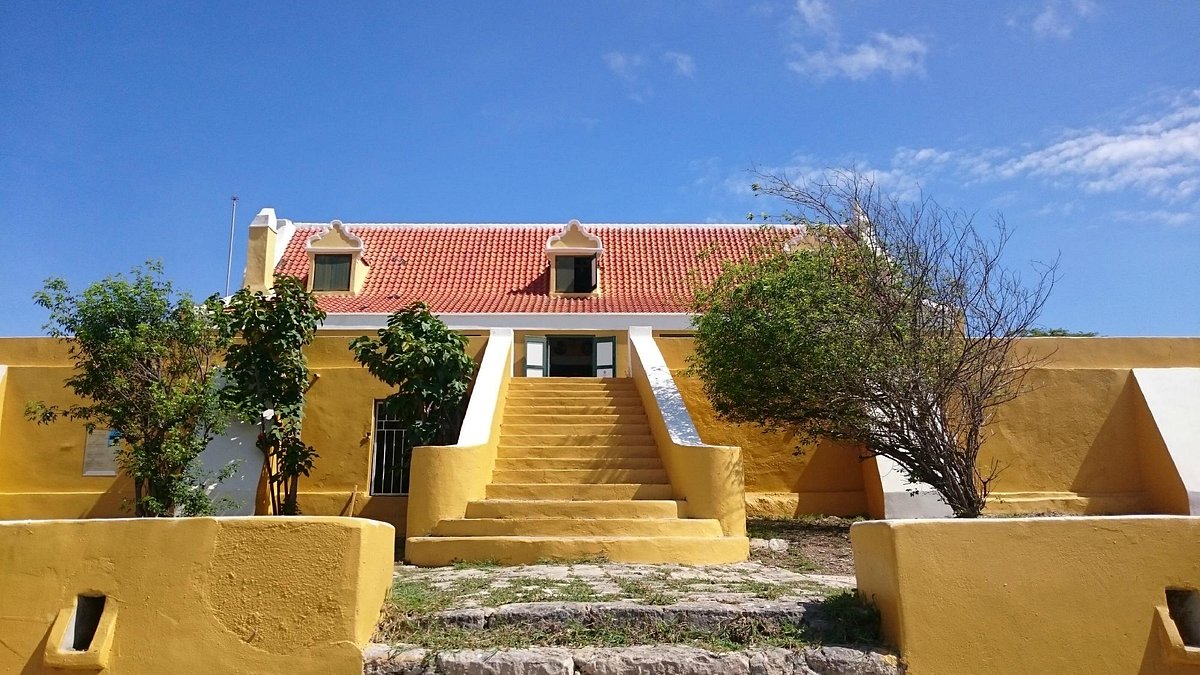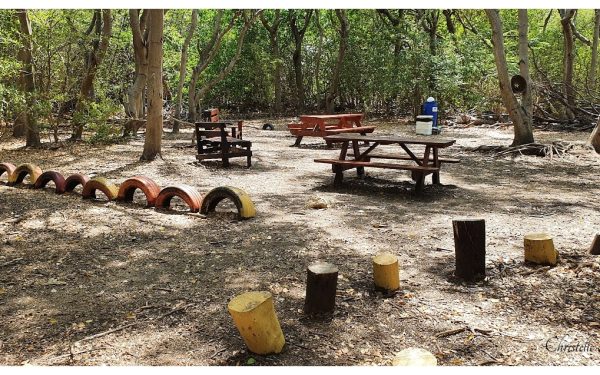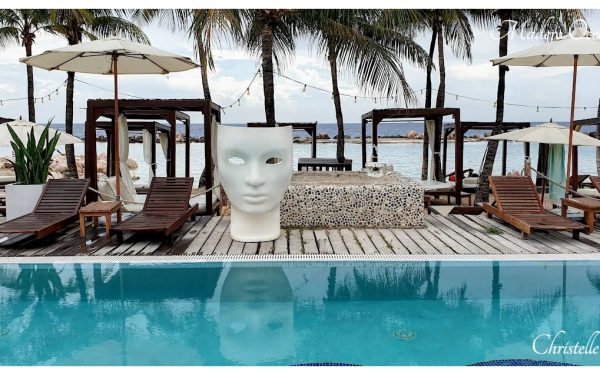The 20th and 21st Centuries of Curacao

20th and 21st centuries
When oil was discovered in the Venezuelan Maracaibo Basin town of Mene Grande in 1914, Curaçao’s economy dramatically altered. In the early years, both Shell and Exxon held drilling concessions in Venezuela, which ensured a constant supply of crude oil to the refineries in Aruba and Curaçao. Crude oil production in Venezuela was inexpensive. The integrated companies Shell and Exxon controlled the entire industry, from pumping, transporting, and refining to marketing. The refineries on Aruba and Curaçao operated in global markets and were profitable partly because of the margin between the production costs of crude oil and the revenues realized on products. This provided a safety net for losses incurred through inefficiency or excessive operating costs at the refineries.
In 1929 Curaçao was attacked by Venezuelan rebel commander Rafael Simón Urbina, who kidnapped the governor Leonardus Albertus Fruytier. In response, the Dutch increased their military presence on the island.
In 1954 Curaçao was joined with the other Dutch colonies in the Caribbean into the Netherlands Antilles. Discontent with Curaçao’s seemingly subordinate relationship to the Netherlands and ongoing racial discrimination and a rise in unemployment owing to layoffs in the oil industry led to an outbreak of rioting in 1969. The riots resulted in two deaths, many injuries and severe damage to Willemstad. In response, the Dutch government introduced far-reaching reforms, allowing Afro-Curaçaoans greater influence in the islands’s political and economic life, and raising the prestige of the local language Papiamento.
Curaçao experienced an economic downturn in the early 1980s. Shell’s refinery there operated with significant losses from 1975 to 1979, and again from 1982 to 1985. Persistent losses, global overproduction, stronger competition, and low market expectations threatened the refinery’s future. In 1985, after 70 years, Royal Dutch Shell decided to end its activities on Curaçao. This came at a crucial moment. Curaçao’s fragile economy had been stagnant for some time. Several revenue-generating endeavours suffered even more during this period: tourism from Venezuela collapsed after the devaluation of the bolivar, the transport industry deteriorated with deleterious effects on the Antillean Airline Company, and the Curaçao Dry Dock Company experienced major setbacks. The offshore industry (financial services) also experienced a downturn because of new U.S. tax laws.
In the mid-1980s, Shell sold the refinery for the symbolic amount of one Antillean guilder to a local government consortium. The aging refinery has been the subject of lawsuits in recent years, which charge that its emissions, including sulfur dioxide and particulate matter, far exceed safety standards. The government consortium leases the refinery to the Venezuelan state oil company PDVSA.
Continuing economic hardship in the late 1990s and early 2000s resulted in much emigration to the Netherlands.
On 1 July 2007, Curaçao was due to become a country within the Kingdom of the Netherlands. On 28 November 2006, this was delayed when the island council rejected a clarification memorandum on the process. A new island council ratified this agreement on 9 July 2007. On 15 December 2008, Curaçao was scheduled to become a separate country within the Kingdom of the Netherlands (as Aruba and the Netherlands Antilles were). A non-binding referendum on this plan took place in Curaçao on 15 May 2009, in which 52% of the voters supported it.





